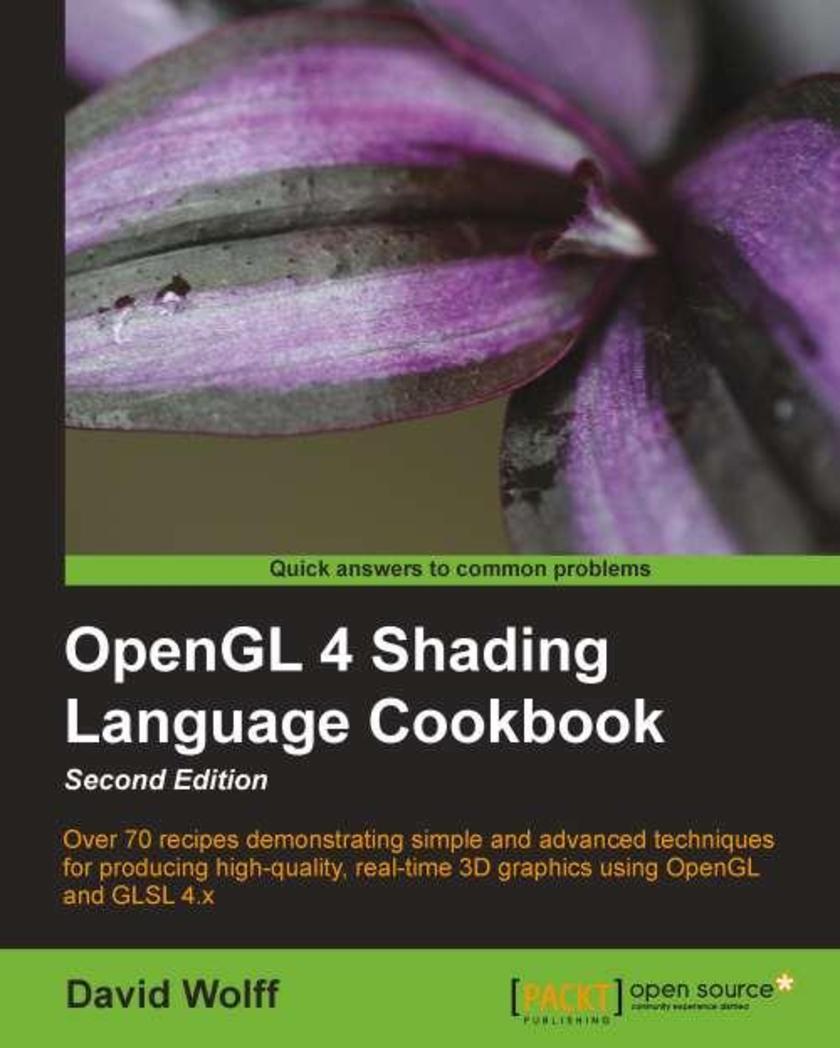
OpenGL 4 Shading Language Cookbook, Second Edition
¥99.18
OpenGL Shading Language 4 Cookbook is a hands-on guide that gets straight to the point – actually creating graphics, instead of just theoretical learning. Each recipe is specifically tailored to satisfy your appetite for producing real-time 3-D graphics using the latest GLSL specification.This book is for OpenGL programmers looking to use the modern features of GLSL 4 to create real-time, three-dimensional graphics. Familiarity with OpenGL programming, along with the typical 3D coordinate systems, projections, and transformations is assumed. It can also be useful for experienced GLSL programmers who are looking to implement the techniques that are presented here.

Microsoft Tabular Modeling Cookbook
¥99.18
This book follows a cookbook style with recipes explaining the steps for developing analytic data using Business Intelligence Semantic Models.This book is designed for developers who wish to develop powerful and dynamic models for users as well as those who are responsible for the administration of models in corporate environments. It is also targeted at analysts and users of Excel who wish to advance their knowledge of Excel through the development of tabular models or who wish to analyze data through tabular modeling techniques. We assume no prior knowledge of tabular modeling

OpenCL Programming by Example
¥99.18
This book follows an example-driven, simplified, and practical approach to using OpenCL for general purpose GPU programming.If you are a beginner in parallel programming and would like to quickly accelerate your algorithms using OpenCL, this book is perfect for you! You will find the diverse topics and case studies in this book interesting and informative. You will only require a good knowledge of C programming for this book, and an understanding of parallel implementations will be useful, but not necessary.
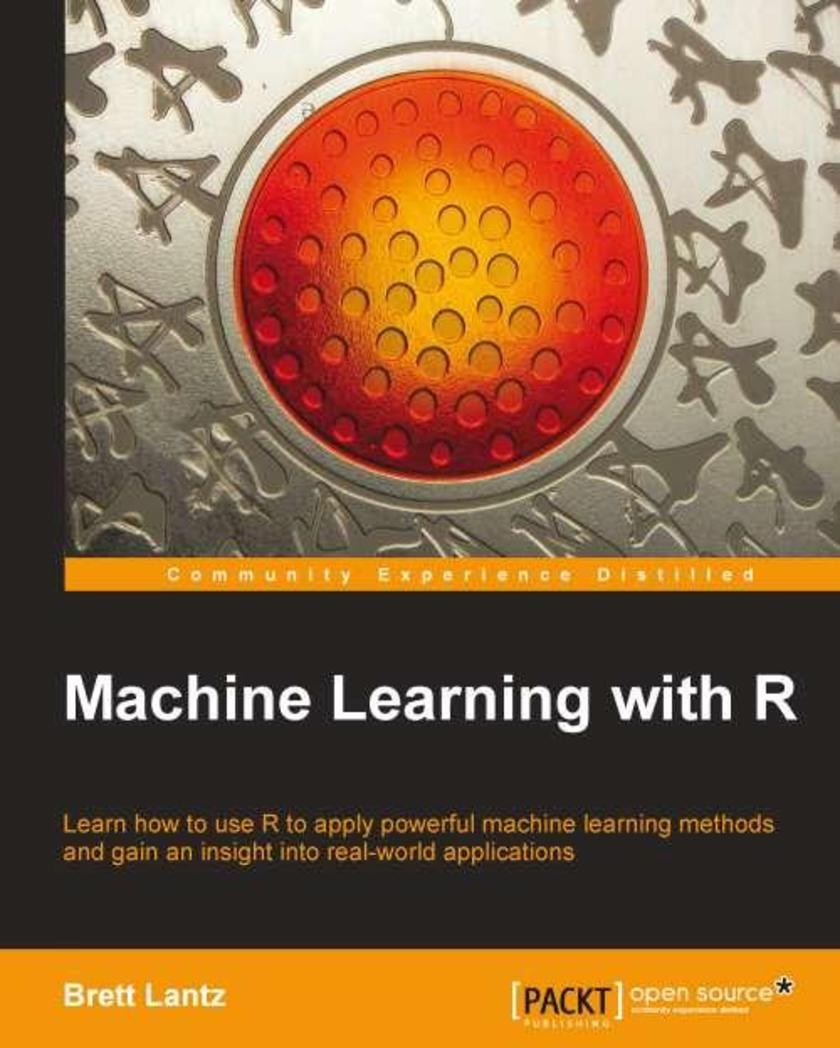
Machine Learning with R
¥99.18
Written as a tutorial to explore and understand the power of R for machine learning. This practical guide that covers all of the need to know topics in a very systematic way. For each machine learning approach, each step in the process is detailed, from preparing the data for analysis to evaluating the results. These steps will build the knowledge you need to apply them to your own data science tasks.Intended for those who want to learn how to use R's machine learning capabilities and gain insight from your data. Perhaps you already know a bit about machine learning, but have never used R; or perhaps you know a little R but are new to machine learning. In either case, this book will get you up and running quickly. It would be helpful to have a bit of familiarity with basic programming concepts, but no prior experience is required.

R Graph Cookbook
¥99.18
Targeted at those with an existing familiarity with R programming, this practical guide will appeal directly to programmers interested in learning effective data visualization techniques with R and a wide-range of its associated libraries.
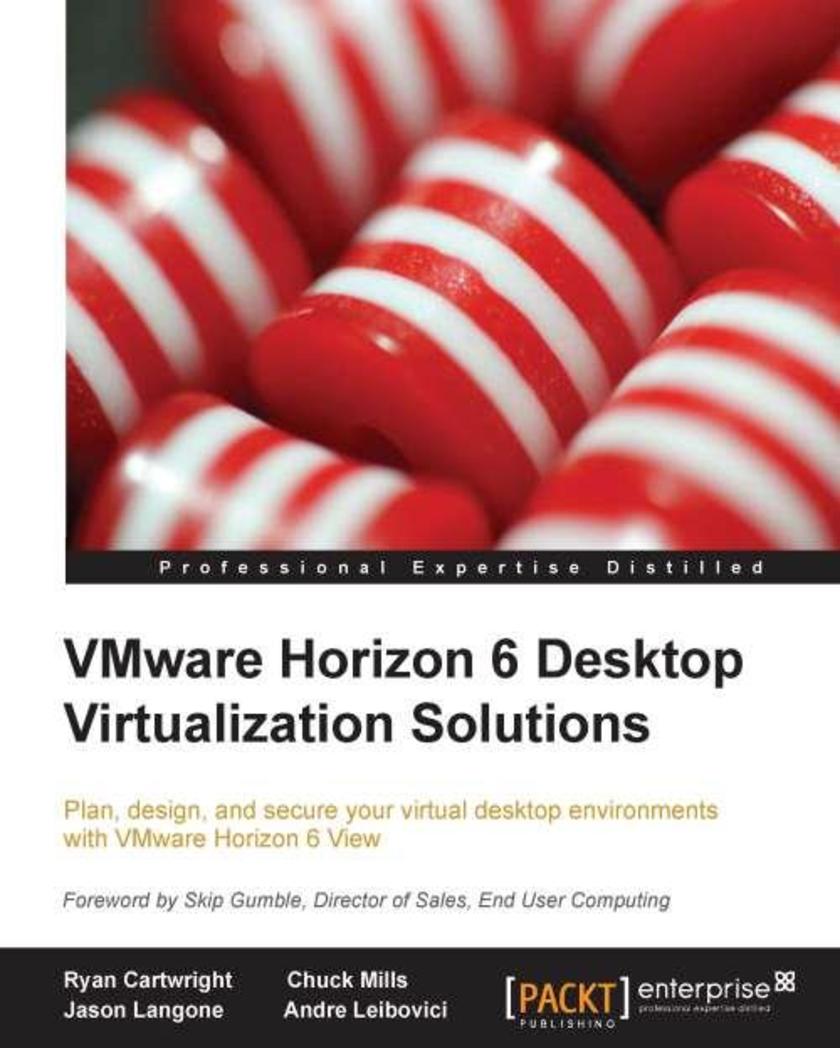
VMware Horizon 6 Desktop,Virtualization Solutions
¥99.18
If you are a desktop architect, solution provider, end-user consultant, virtualization engineer, or anyone who wants to learn how to plan and design the implementation of a virtual desktop solution based on Horizon 6, then this book is for you. An understanding of VMware vSphere fundamentals coupled with experience in the installation or administration of a VMware environment would be a plus during reading.
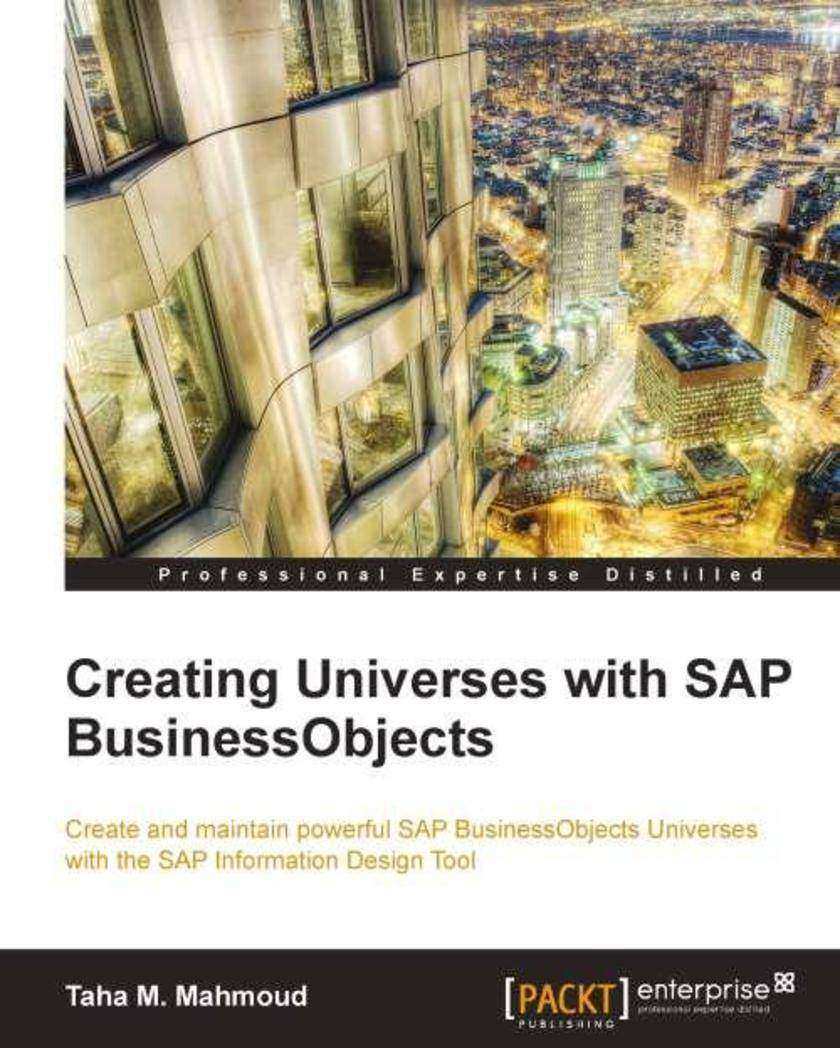
Creating Universes with SAP Business Objects
¥99.18
This book is aimed at both new developers as well as experienced developers. If you are a new SAP BusinessObjects Universe developer who is looking for a step-by-step guide supported with real-life examples and illustrated diagrams, then this book is for you. If you are a seasoned BusinessObjects Universe developer who is looking for a fast way to map your old experience in Universe designer to the newer Information Design Tool, then this book is for you as well.
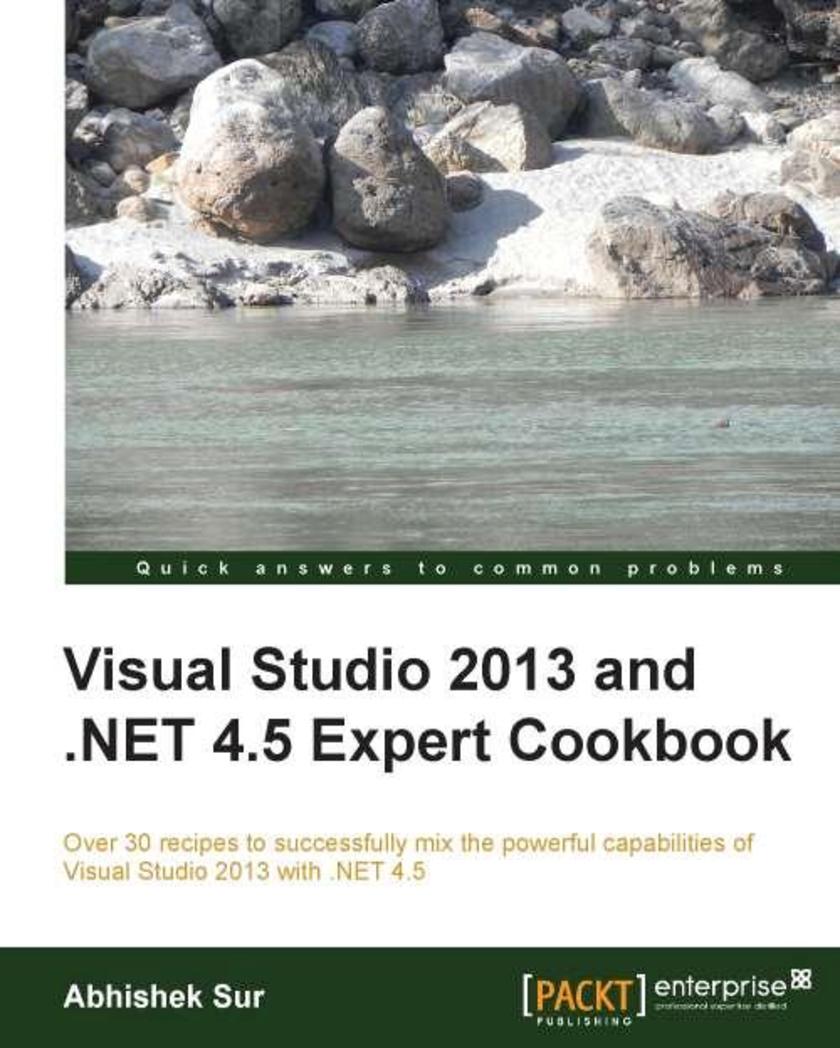
Visual Studio 2013 and .NET 4.5 Expert Cookbook
¥99.18
If you are a Visual Studio 2013 or .NET developer who would like to sharpen your existing skill set and adapt to new .NET technologies, this is the book for you. A basic understanding of .NET and C# is required.
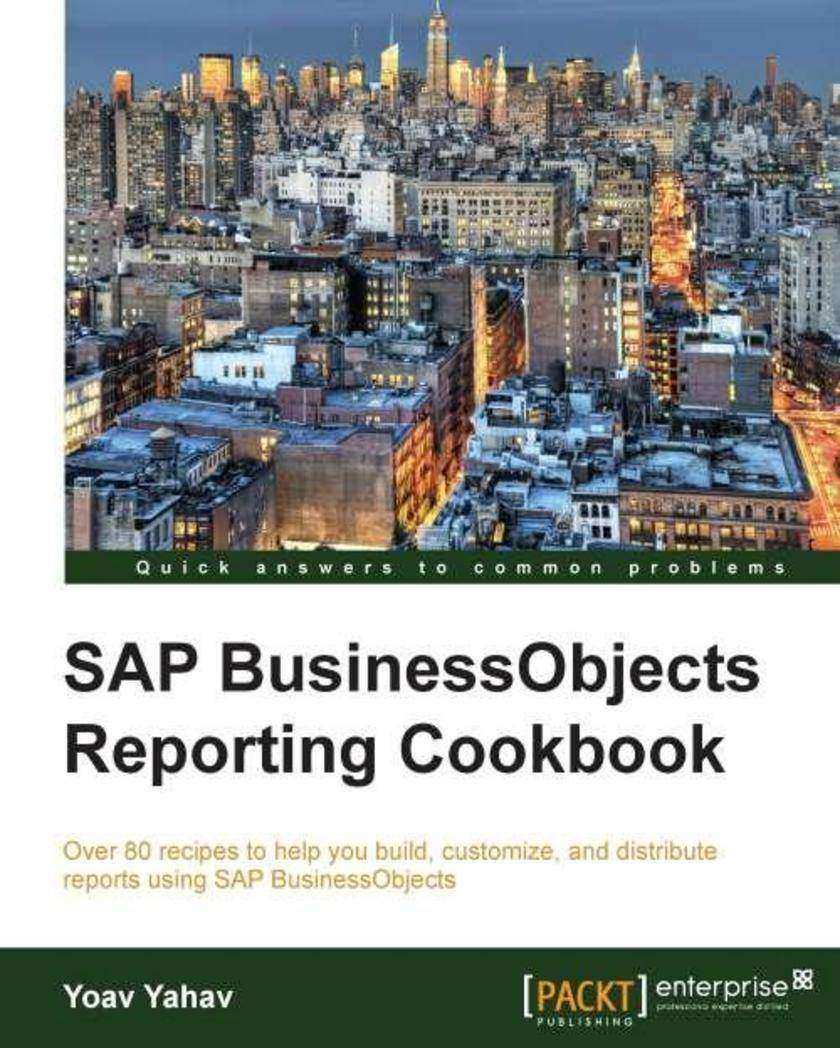
SAP BusinessObjects Reporting Cookbook
¥99.18
If you are a business analyst, BI developer, or an IT professional who wants to learn the A to Z of how to work with Web Intelligence reporting tools and different types of data, then this book is for you. The only thing you need is a basic understanding of what Business Intelligence is and data concepts.

Mastering Unity 2D Game Development
¥99.18
If you have C# knowledge but now want to become truly confident in creating fully functional 2D RPG games with Unity, then this book will show you everything you need to know.
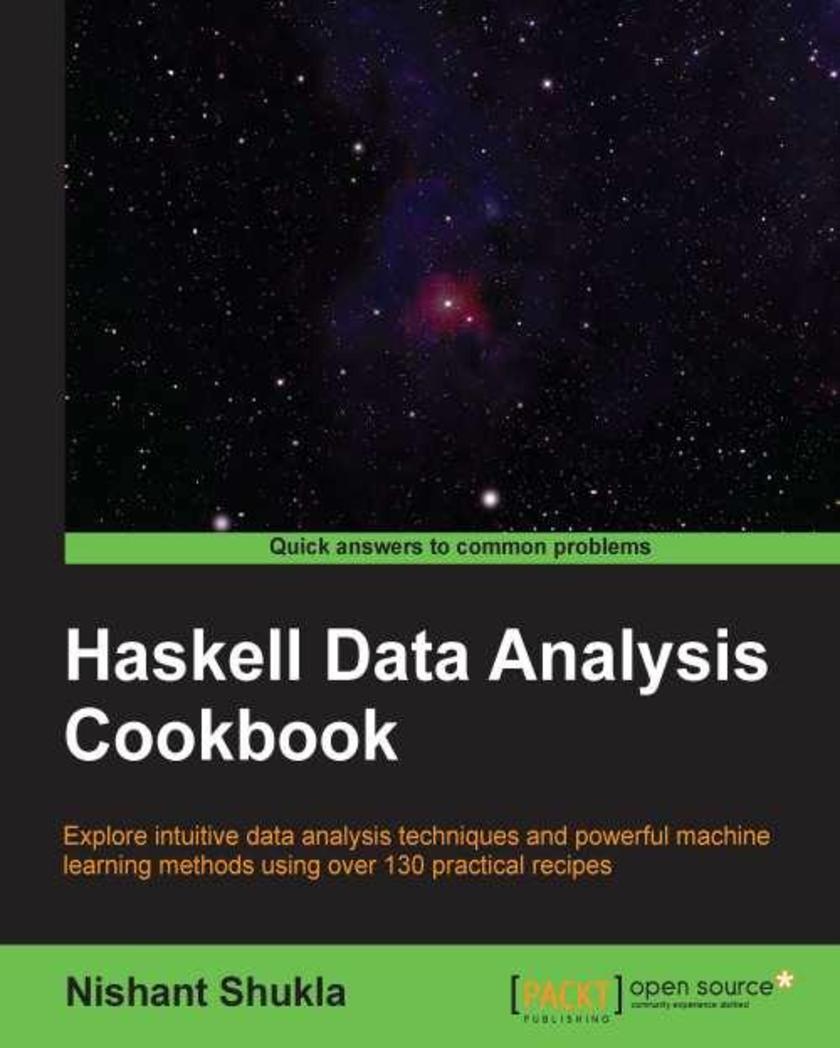
Haskell Data Analysis Cookbook
¥99.18
Step-by-step recipes filled with practical code samples and engaging examples demonstrate Haskell in practice, and then the concepts behind the code. This book shows functional developers and analysts how to leverage their existing knowledge of Haskell specifically for high-quality data analysis. A good understanding of data sets and functional programming is assumed.

FL Studio Cookbook
¥99.18
This book is built on recipes written in an easy-to-follow manner accompanied by diagrams and crucial insights and knowledge on what they mean in the real world. This book is ideal for musicians and producers who want to take their music creation skills to the next level, learn tips and tricks, and understand the key elements and nuances in building inspirational music. It’s good to have some knowledge about music production, but if you have creativity and a good pair of ears, you are already ahead of the curve and well on your way.
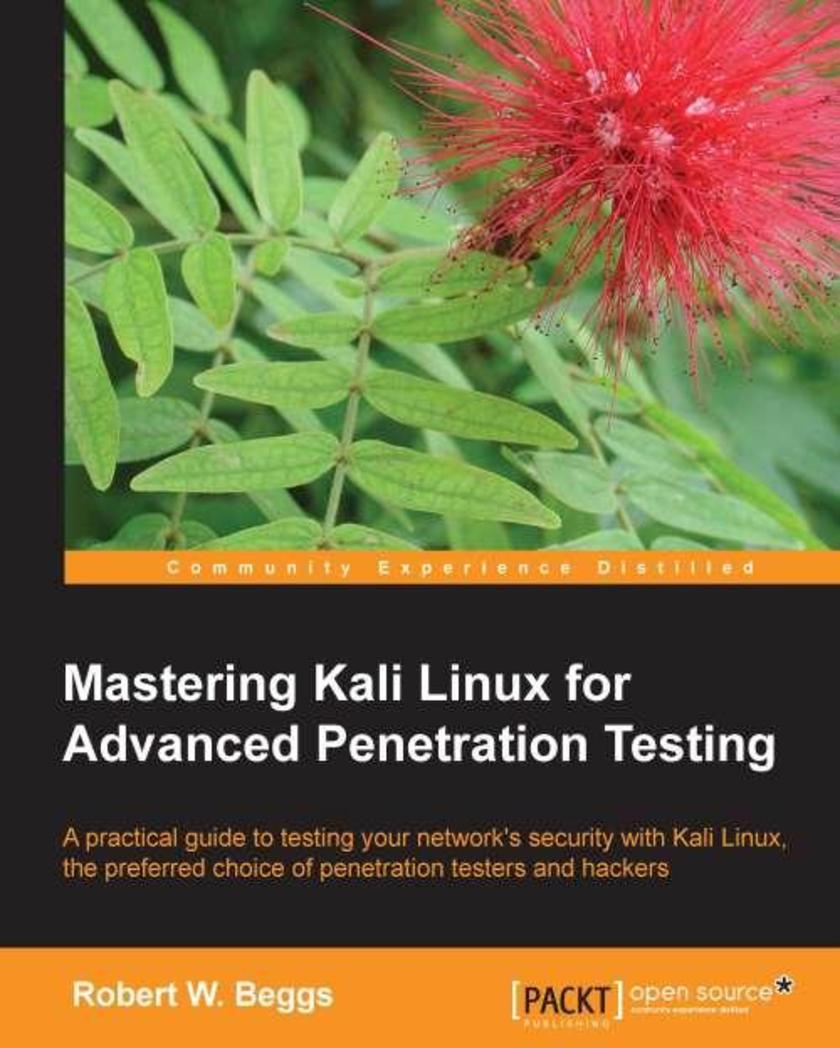
Mastering Kali Linux for Advanced Penetration Testing
¥99.18
This book provides an overview of the kill chain approach to penetration testing, and then focuses on using Kali Linux to provide examples of how this methodology is applied in the real world. After describing the underlying concepts, step-by-step examples are provided that use selected tools to demonstrate the techniques.If you are an IT professional or a security consultant who wants to maximize the success of your network testing using some of the advanced features of Kali Linux, then this book is for you. This book will teach you how to become an expert in the pre-engagement, management, and documentation of penetration testing by building on your understanding of Kali Linux and wireless concepts.
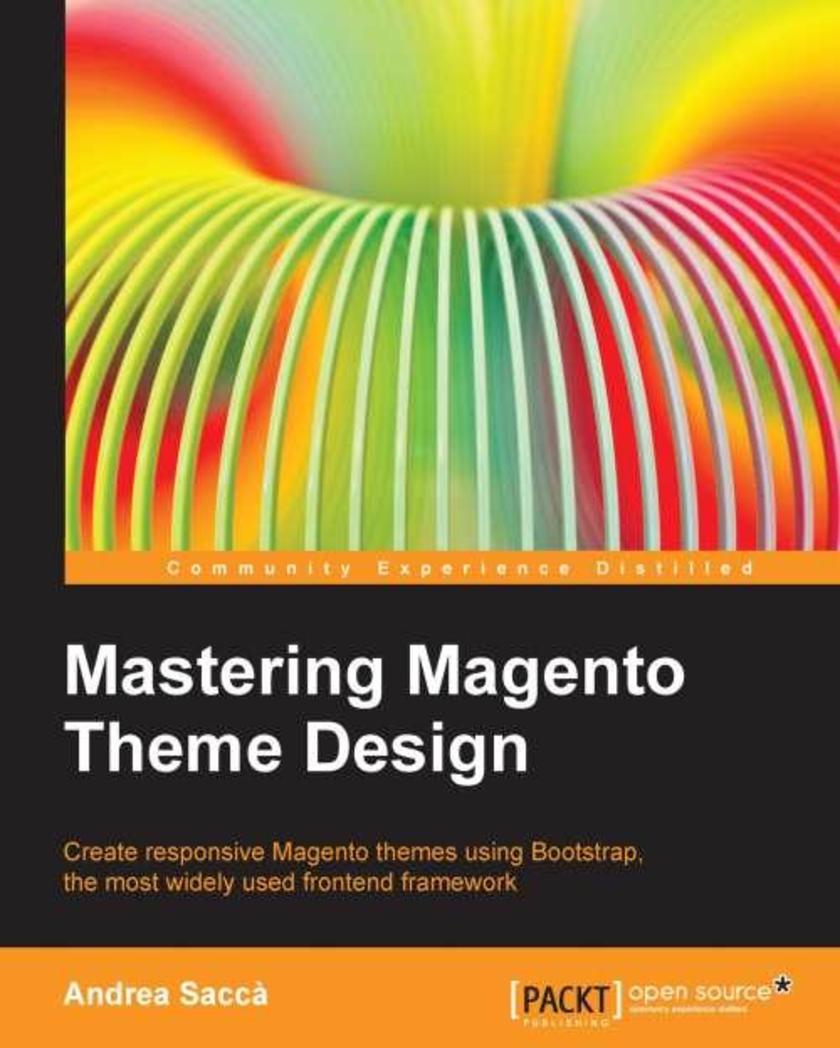
Mastering Magento Theme Design
¥99.18
Written in a stepbystep, tutorial style with a lot of code snippets and handson examples to create an advanced Magento theme from scratch, this book is tailormade for web designers and developers. This book is great for developers and web designers who are looking to get a good grounding in how to create custom, responsive, and advanced Magento themes. Readers must have some experience with HTML, PHP, CSS, and Magento theme design. This book will be useful for anybody who already has knowledge of the Magento frontend structure.
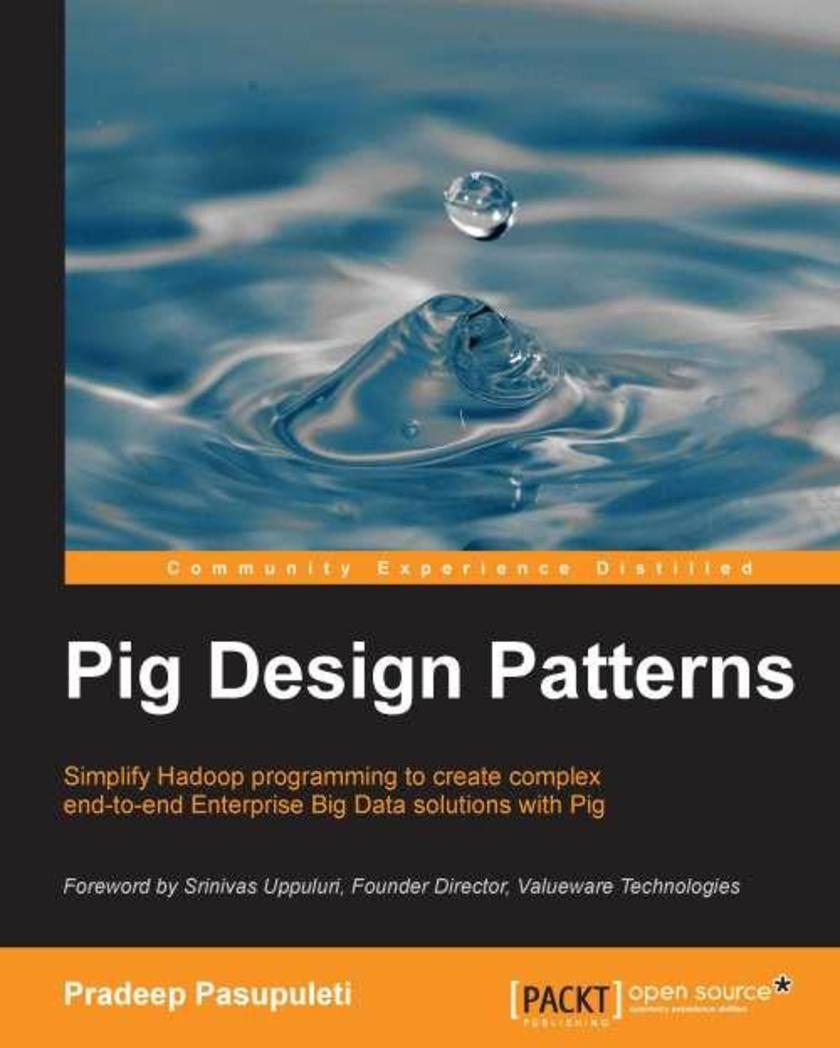
Pig Design Patterns
¥99.18
A comprehensive practical guide that walks you through the multiple stages of data management in enterprise and gives you numerous design patterns with appropriate code examples to solve frequent problems in each of these stages. The chapters are organized to mimick the sequential data flow evidenced in Analytics platforms, but they can also be read independently to solve a particular group of problems in the Big Data life cycle. If you are an experienced developer who is already familiar with Pig and is looking for a use case standpoint where they can relate to the problems of data ingestion, profiling, cleansing, transforming, and egressing data encountered in the enterprises. Knowledge of Hadoop and Pig is necessary for readers to grasp the intricacies of Pig design patterns better.

Drupal for Education and ELearning (2nd Edition)
¥99.18
With clear instructions and plenty of screenshots, this book provides all the support and guidance you will need as you begin to create your classroom website. Step-by-step tutorials show you how to use Drupal in the most efficient and effective ways possible. People new to Drupal will find a good introduction of the basics; while more experienced users will learn useful tips and tricks for using Drupal in a classroom context.If you are an teacher, tutor or an educator who wants to build a website for your classroom, be it elementary or any higher education, "Drupal 7 for Education and E-Learning (2nd Edition)" will guide you in achieving your goal at every step. No experience with programming languages, HTML, or CSS is needed to understand the examples in this book.
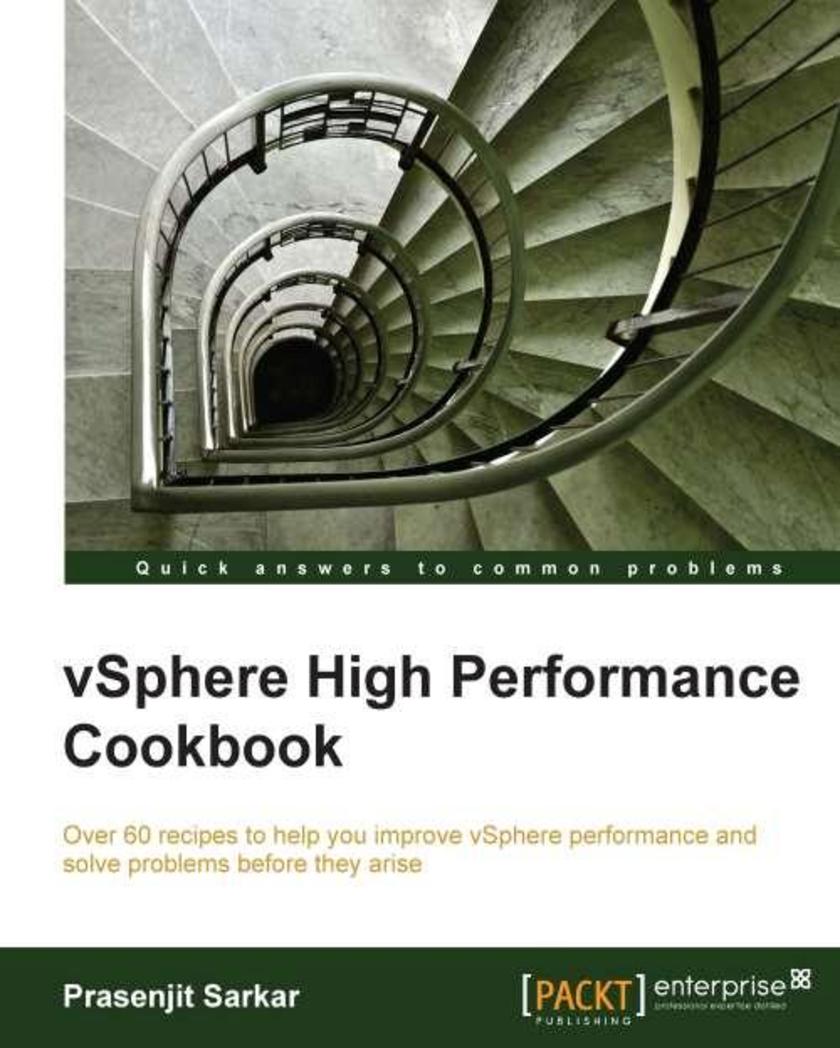
vSphere High Performance Cookbook
¥99.18
vSphere High Performance Cookbook is written in a practical, helpful style with numerous recipes focusing on answering and providing solutions to common, and not-so common, performance issues and problems.The book is primarily written for technical professionals with system administration skills and some VMware experience who wish to learn about advanced optimization and the configuration features and functions for vSphere 5.1.

Salesforce CRM: The Definitive Admin Handbook Second Edition
¥99.18
A practical guide which will help to discover how to setup and configure the Salesforce CRM application. It offers solutions and practical examples on how to further improve and maintain its functionality with clear systematic instructions. Being highly organized and compact, this book contains detailed instructions with screenshots, diagrams, and tips that clearly describe how you can administer and configure complex Salesforce CRM functionality with absolute ease.This book is for administrators who want to develop and strengthen their Salesforce CRM skills in the areas of configuration and system management. Whether you are a novice or a more experienced admin, this book aims to enhance your knowledge and understanding of the Salesforce CRM platform and by the end of the book, you should be ready to administer Salesforce CRM in a real-world environment.
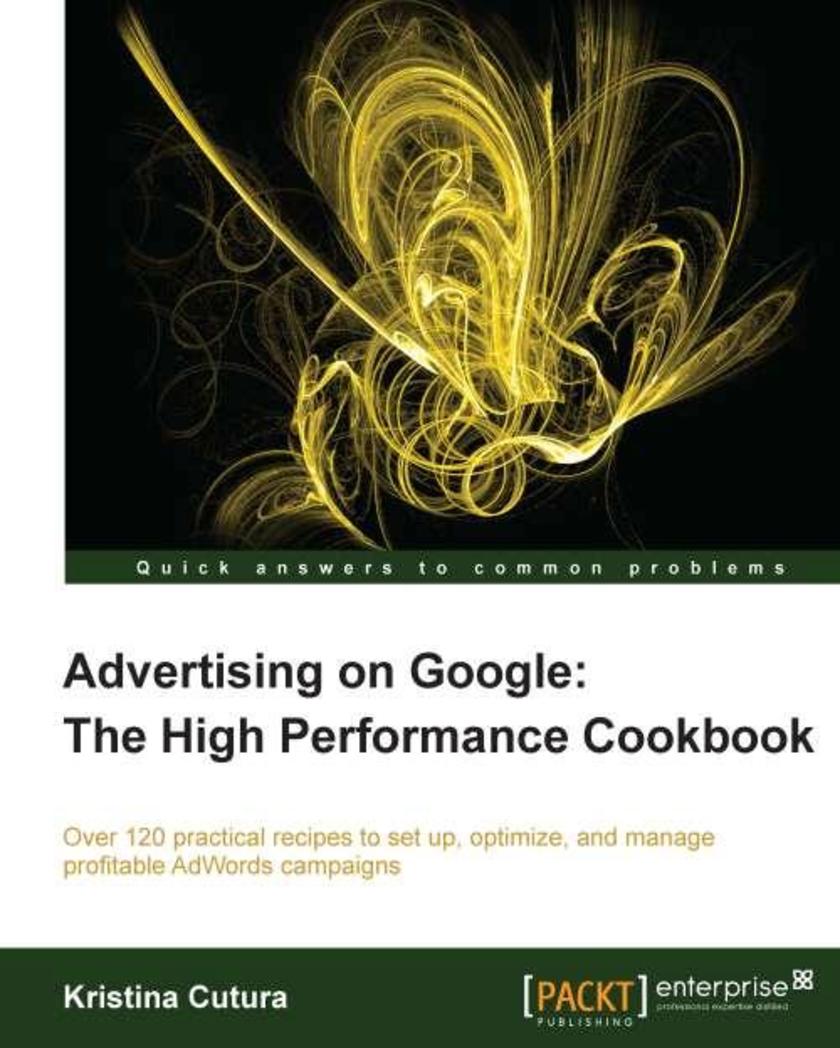
Advertising on Google: The High Performance Cookbook
¥99.18
This book contains practical recipes on everything from creating an Adwords account, reporting, analyzing, bidding effectively to remarketing. The book is a guide to getting hands-on experience in Adwords strategies. It is extensively focussed on helping you build an Adwords account, which appeals to the visitors and attracts more clicks!This book is great for the users, who are ready to start using Adwords, as well as for experienced advertisers, who are looking to take their accounts to the next level. Just create an Adwords account and run ad campaigns to take advantage of the hands-on recipes.
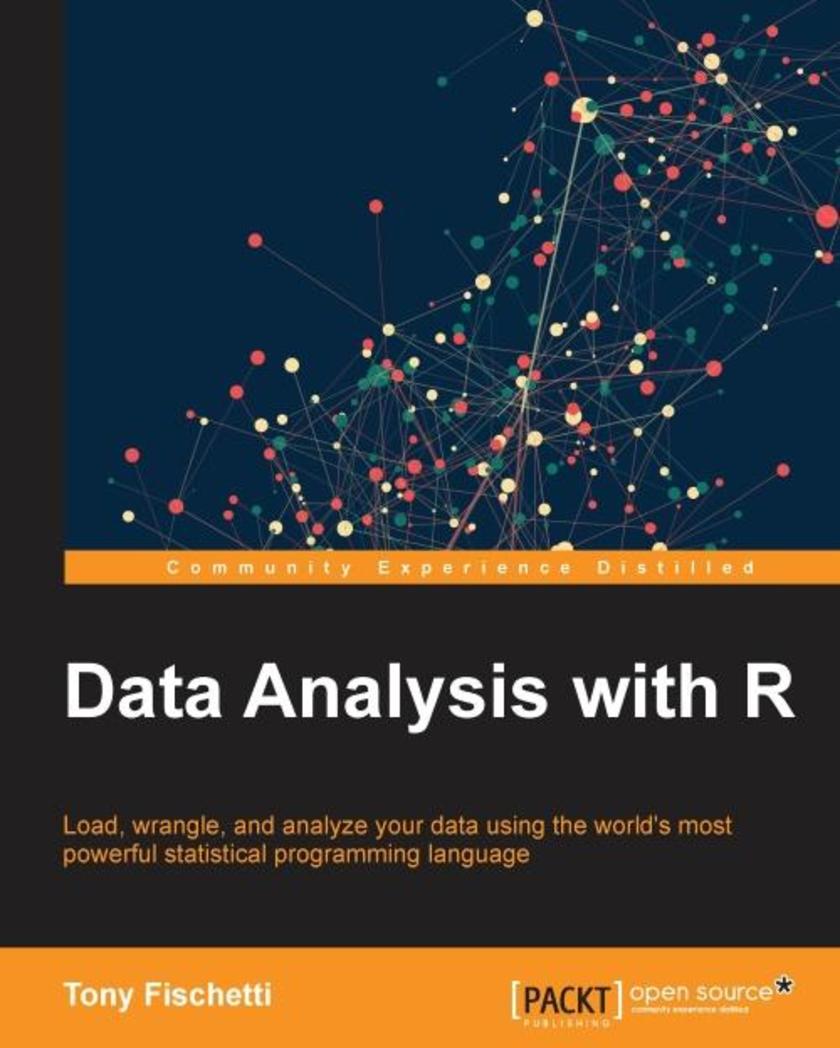
Data Analysis with R
¥99.18
Load, wrangle, and analyze your data using the world's most powerful statistical programming language About This Book Load, manipulate and analyze data from different sources Gain a deeper understanding of fundamentals of applied statistics A practical guide to performing data analysis in practice Who This Book Is For Whether you are learning data analysis for the first time, or you want to deepen the understanding you already have, this book will prove to an invaluable resource. If you are looking for a book to bring you all the way through the fundamentals to the application of advanced and effective analytics methodologies, and have some prior programming experience and a mathematical background, then this is for you. What You Will Learn Navigate the R environment Describe and visualize the behavior of data and relationships between data Gain a thorough understanding of statistical reasoning and sampling Employ hypothesis tests to draw inferences from your data Learn Bayesian methods for estimating parameters Perform regression to predict continuous variables Apply powerful classification methods to predict categorical data Handle missing data gracefully using multiple imputation Identify and manage problematic data points Employ parallelization and Rcpp to scale your analyses to larger data Put best practices into effect to make your job easier and facilitate reproducibility In Detail Frequently the tool of choice for academics, R has spread deep into the private sector and can be found in the production pipelines at some of the most advanced and successful enterprises. The power and domain-specificity of R allows the user to express complex analytics easily, quickly, and succinctly. With over 7,000 user contributed packages, it’s easy to find support for the latest and greatest algorithms and techniques. Starting with the basics of R and statistical reasoning, Data Analysis with R dives into advanced predictive analytics, showing how to apply those techniques to real-world data though with real-world examples. Packed with engaging problems and exercises, this book begins with a review of R and its syntax. From there, get to grips with the fundamentals of applied statistics and build on this knowledge to perform sophisticated and powerful analytics. Solve the difficulties relating to performing data analysis in practice and find solutions to working with “messy data”, large data, communicating results, and facilitating reproducibility. This book is engineered to be an invaluable resource through many stages of anyone’s career as a data analyst. Style and approach Learn data analysis using engaging examples and fun exercises, and with a gentle and friendly but comprehensive "learn-by-doing" approach.
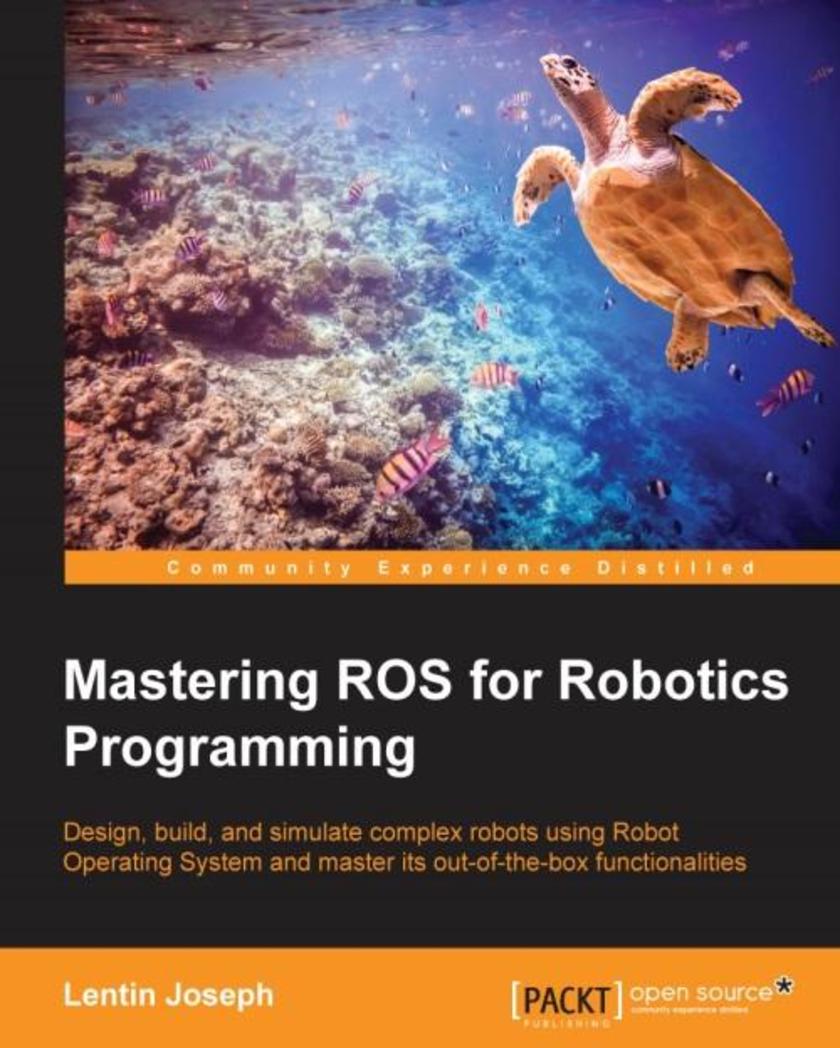
Mastering ROS for Robotics Programming
¥99.18
Design, build and simulate complex robots using Robot Operating System and master its out-of-the-box functionalities About This Book Develop complex robotic applications using ROS for interfacing robot manipulators and mobile robots with the help of high end robotic sensors Gain insights into autonomous navigation in mobile robot and motion planning in robot manipulators Discover the best practices and troubleshooting solutions everyone needs when working on ROS Who This Book Is For If you are a robotics enthusiast or researcher who wants to learn more about building robot applications using ROS, this book is for you. In order to learn from this book, you should have a basic knowledge of ROS, GNU/Linux, and C++ programming concepts. The book will also be good for programmers who want to explore the advanced features of ROS. What You Will Learn Create a robot model of a Seven-DOF robotic arm and a differential wheeled mobile robot Work with motion planning of a Seven-DOF arm using MoveIt! Implement autonomous navigation in differential drive robots using SLAM and AMCL packages in ROS Dig deep into the ROS Pluginlib, ROS nodelets, and Gazebo plugins Interface I/O boards such as Arduino, Robot sensors, and High end actuators with ROS Simulation and motion planning of ABB and Universal arm using ROS Industrial Explore the ROS framework using its latest version In Detail The area of robotics is gaining huge momentum among corporate people, researchers, hobbyists, and students. The major challenge in robotics is its controlling software. The Robot Operating System (ROS) is a modular software platform to develop generic robotic applications.This book discusses the advanced concepts in robotics and how to program using ROS. It starts with deep overview of the ROS framework, which will give you a clear idea of how ROS really works. During the course of the book, you will learn how to build models of complex robots, and simulate and interface the robot using the ROS MoveIt motion planning library and ROS navigation stacks.After discussing robot manipulation and navigation in robots, you will get to grips with the interfacing I/O boards, sensors, and actuators of ROS. One of the essential ingredients of robots are vision sensors, and an entire chapter is dedicated to the vision sensor, its interfacing in ROS, and its programming.You will discuss the hardware interfacing and simulation of complex robot to ROS and ROS Industrial (Package used for interfacing industrial robots).Finally, you will get to know the best practices to follow when programming using ROS.Style and approach This is a simplified guide to help you learn and master advanced topics in ROS using hands-on examples.




 购物车
购物车 个人中心
个人中心



